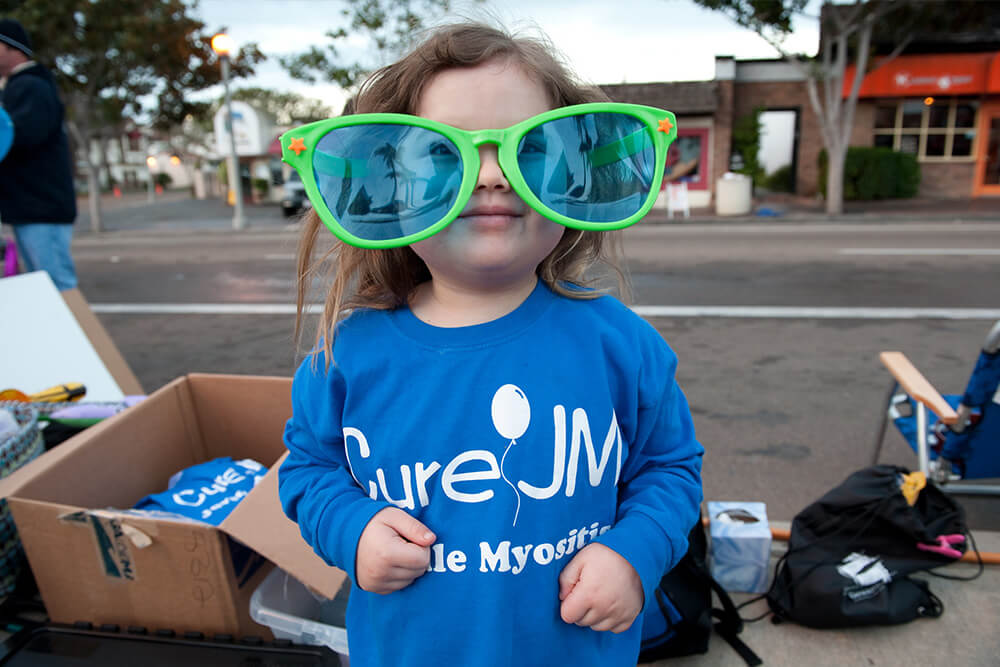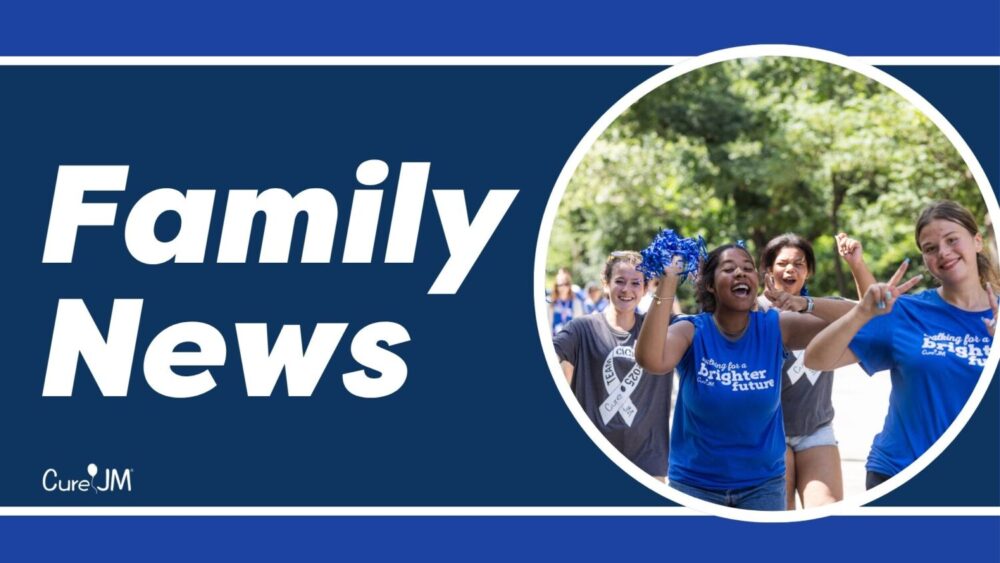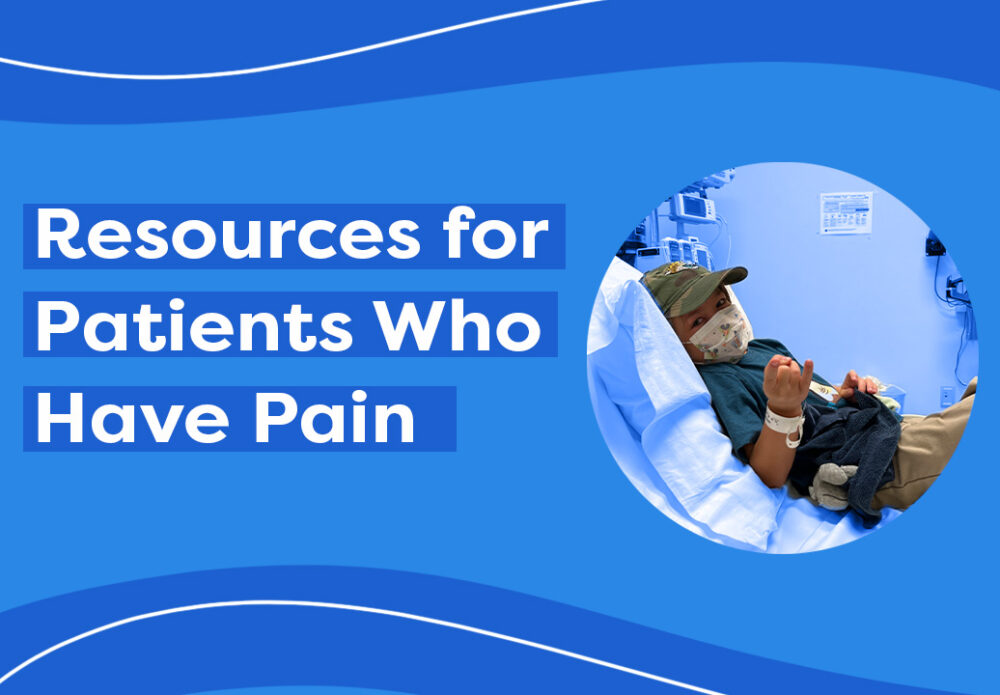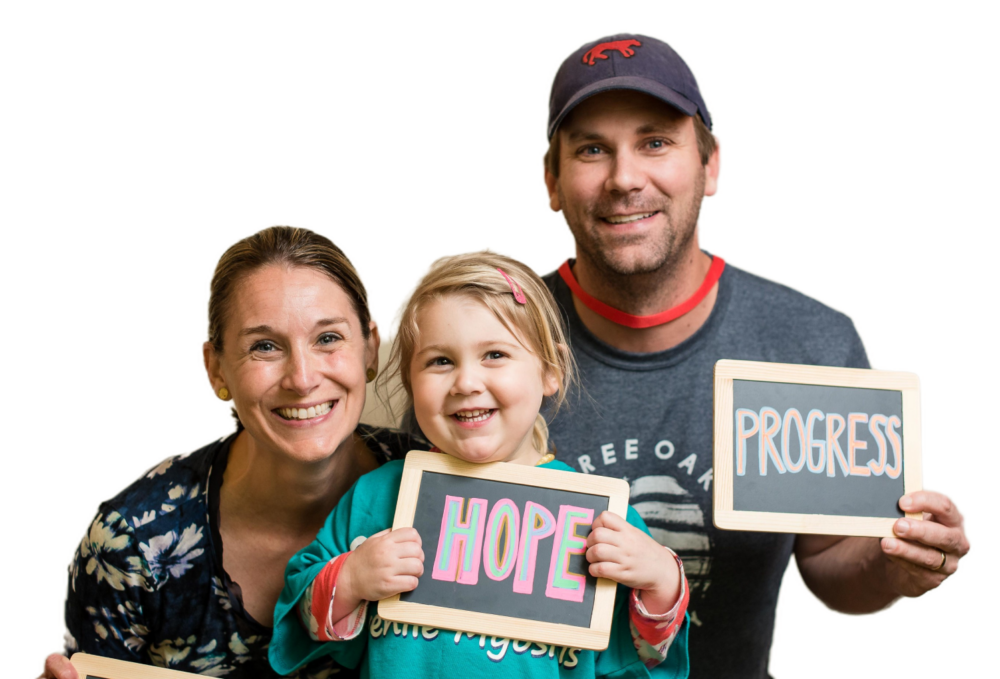The Cure JM Foundation produces a monthly newsletter with the latest news and updates about juvenile myositis. Please click below to read past issues of the Family News.

Products and Resources To Protect Your Child From the Sun
In collaboration with leading experts, we have curated a list of products that can help protect your child from the UV rays that come from the sun and even harmful artificial light.



